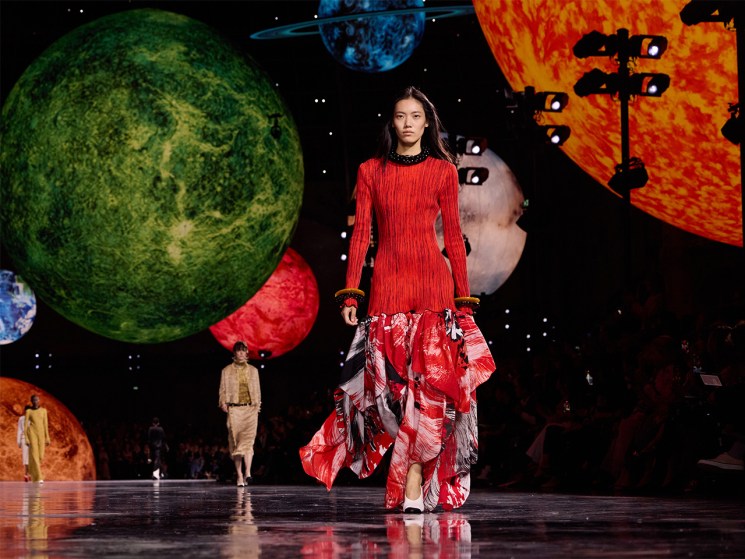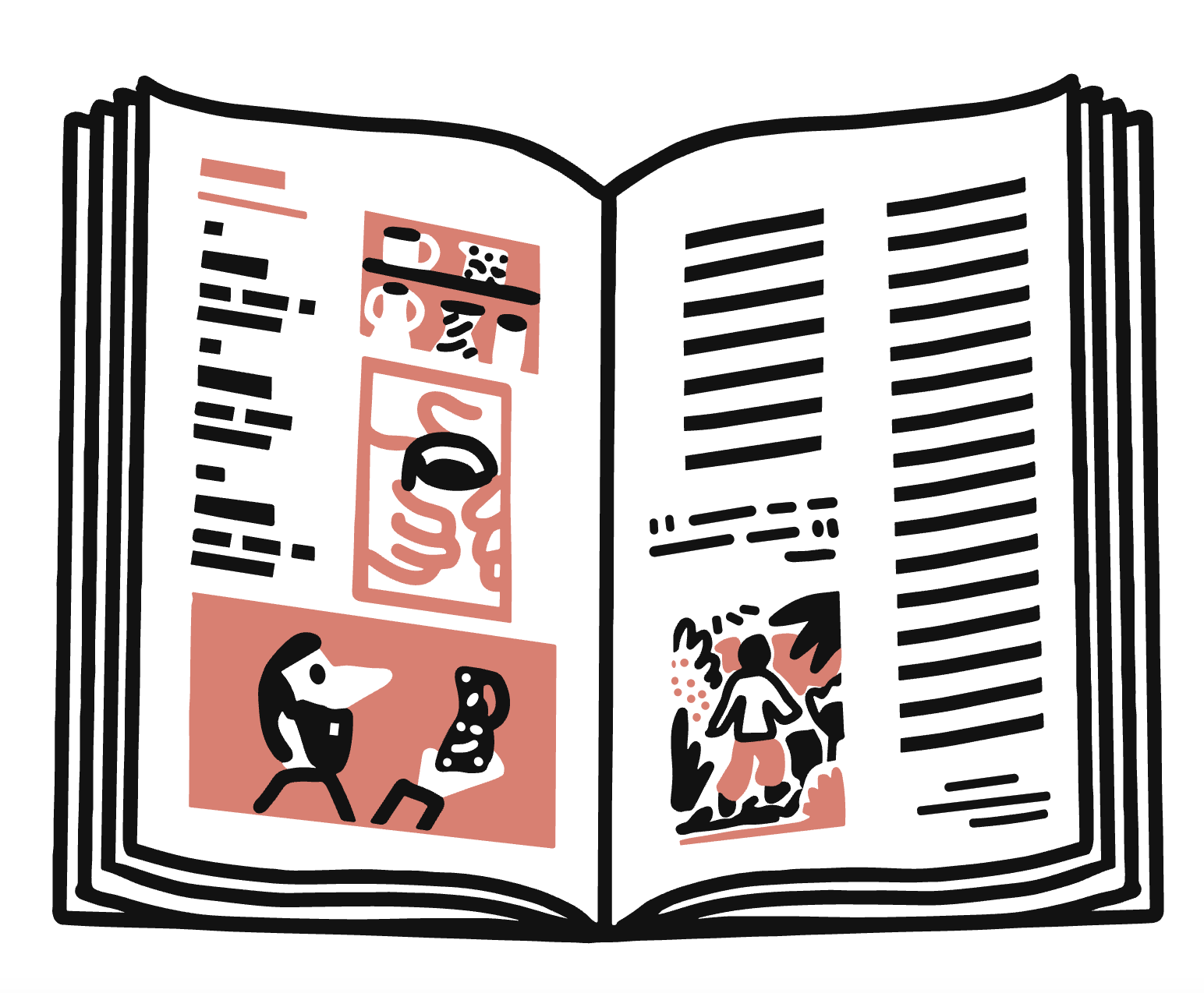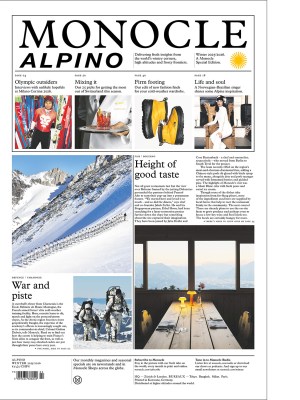chanel
Latest
Fashion
Matthieu Blazy’s dazzling Chanel debut signals a bold new era
After months of secrecy, Matthieu Blazy unveiled his first collection for Chanel in Paris — a show that redefined the brand’s legacy and ushered in fashion’s next generation of creative visionaries.



